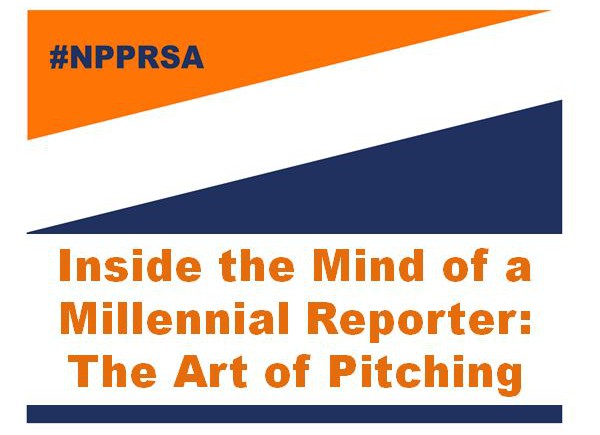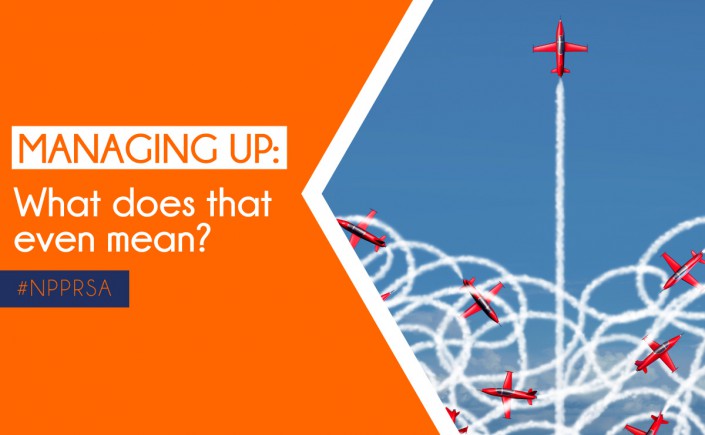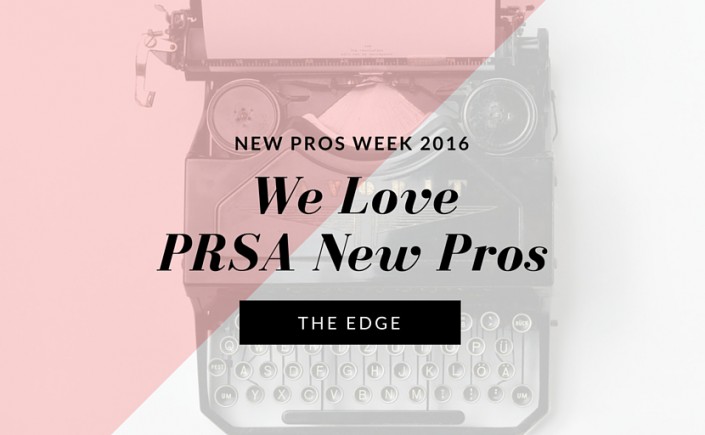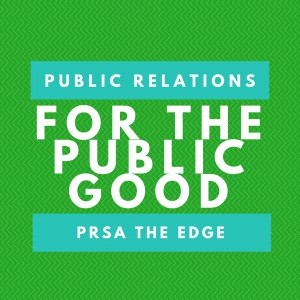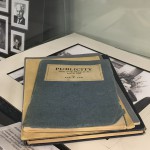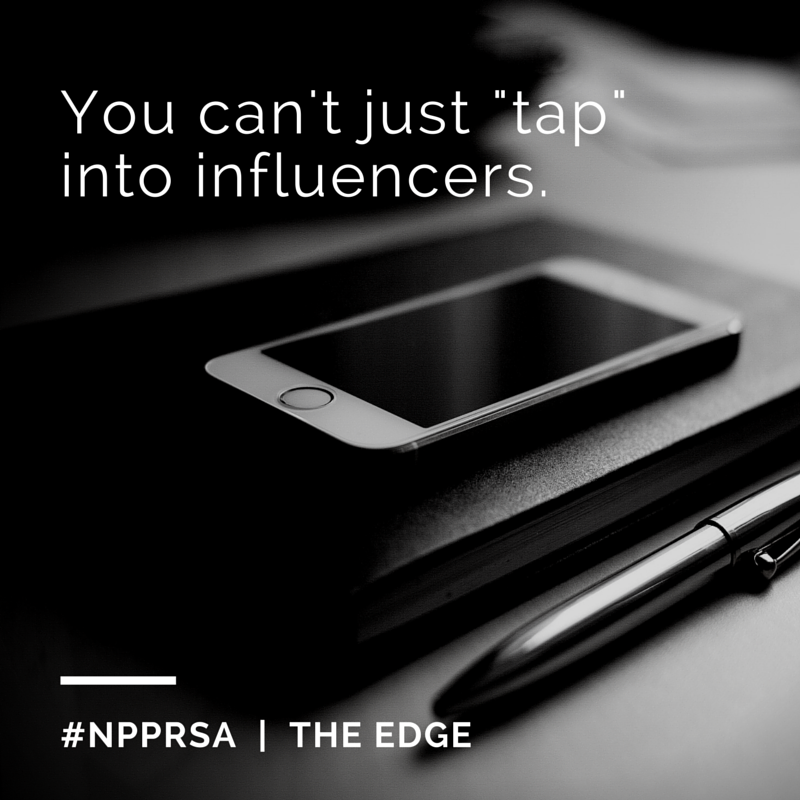Inside the Mind of a Millennial Reporter: The Art of Pitching
An Interview with Inc. Columnist Jeff Barrett
By Heather Harder
We all know the stat: For every five PR people, there is one journalist. With the fast pace of news development, pitching has become both easier and harder in different ways. Contributors have become even more essential to help news rooms fill content.
I spoke with Jeff Barrett, an Inc. columnist, PR and digital consultant and Shorty Award winner to learn more about how he became a successful top-tier contributor, as well as his advice for PR pros who want to pitch contributors.
How did you become a top-tier contributor?
This wasn’t something I stumbled into. Inc. approached me because I’d written for Mashable many times over the course of six years. I never thought of myself as a journalist.
When I first started as a PR professional, it was really difficult to make a phone call, send an email and try to make someone cover something in the business. I needed to be able to create a name for myself and have an opportunity to get myself covered more. So I made a bigger social platform, and places started becoming pretty interested in my writing.
I kind of used the column as an opportunity to build up a name to where I’ve taken a different path to being able to help get coverage for my clients.
How does being a contributor make it easier for you to get your clients coverage?
I don’t write about clients. It’s about credibility and visibility, getting a leg up and a having a talking point when pitching reporters. And it goes both ways – doing an interview for Inc., for example, I understand what the PR person needs and wants.
What are some things to keep in mind when pitching a contributor vs. a full-time staffer?
A full-time staffer is going to be a little more rushed. I would say a contributor is more PR friendly. They’re going to be looking for all kinds of things to talk about.
Ask yourself how you can create reciprocal value. How are you providing value to a staffer? Do you have clients who are good sources? In both cases, it’s more about developing a relationship than it is about developing your pitch. You want to be able to say, “Here are the people I work with and the things I hope to get covered.” Then hope they’ll think of a way to create something. The time spent trying to cultivate the perfect pitch is not as advantageous as trying to create the perfect relationship. It’s the same with full-time staffers.
What are key things millennials like/don’t like when it comes to receiving pitches?
It has certainly become less and less formal. There is greater need to tap into social influencers. It really does just come down to building that relationship.
Pull away as far as you can from press releases. A press release is the owner’s manual. If you bought furniture from Ikea, you kind of need the manual to put things together, but you wouldn’t sell someone the owner’s manual. My process is to build the relationship and have a quick discussion. That discussion might end up being via text, Facebook message or Snapchat until we get to a point where something makes sense. It’s finding people in the channels that make the most sense to them.
You just start to adapt your message and speak in quicker soundbites. If you send someone a novel, it might be a little intimidating and they might just not know what to do with it. You almost start speaking in 140-220 characters. Plus with that approach, that’s less work on your end, then you can build out the release.
The worst thing to do is take three hours writing a release and crafting the perfect pitch. Every client is going to think that all their stuff deserves all the attention in the world. You have to believe in your clients.
When first making contact, do you think it’s better to be overly professional or to show your true personality?
A bit depends on how the relationship started. If it started on Twitter, it can be more goofy and casual. Over LinkedIn emails, you have to be professional. Go with your gut. Generally speaking, I try to get to casual as soon as I can. It’s way more beneficial.
How are changes in storytelling affecting how we need to package our stories?
Everything has a shorter shelf life now. It used to be that you could run things down. I received about 50 pitches with people wanting to talk about United a day or two after the big incident 2017. It was too late. Yes, it takes time to come up with the pitch and the angle. But if you have a relationship, tell the reporter you can talk about United now. You have to be able to capitalize on the first 24 hours. If you see something emerging, make sure you have three to four people in your back pocket to help you out. It’s really like a speed game – it’s like day trading versus investing in stock. Pitching is faster now.
Heather Harder is a communications specialist at RSE Ventures, a New York-based investment and incubation firm. She was formerly PRSSA National President and PRSA New Professionals Board Member. Follow her on Twitter @HeathHarder.

